Royal Residence Stiftsgården, Trondheim
The Stiftsgården mansion is used as the residence of the Royal family of Norway. If you do not know about this, you can not pay much attention to the building, it does not look like a luxury Royal palaces. Norway was once one of the poorest countries in Europe, and this modesty is understandable. Now this Scandinavian country is in first place in the world in terms of living standards, but the Royal family lives very budget-friendly.
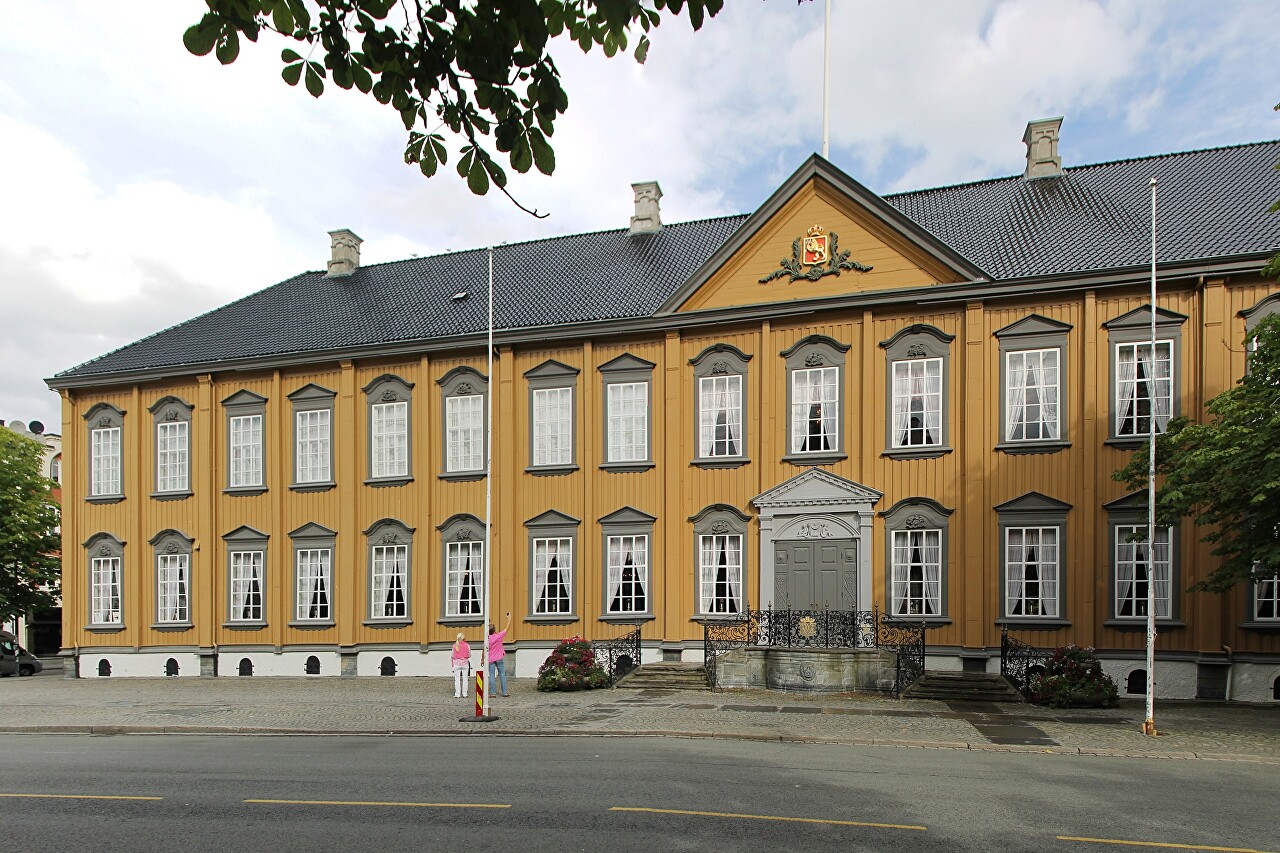
The building was built in 1774-1778 for the widow of merchant Stie Schøller Cecilia. Cecilia was the daughter of the commander of the forces of Central Norway, known for charity and activities in the development of Trondheim culture. After Cecilia's death in 1786, the building was inherited by her son, and in 1800 he sold the mansion to the state for 10,000 rigsdaler. The building housed the Governor's residence, where the Royal family stayed during visits to Trondheim. In 1906 the Palace became the official Royal residence.
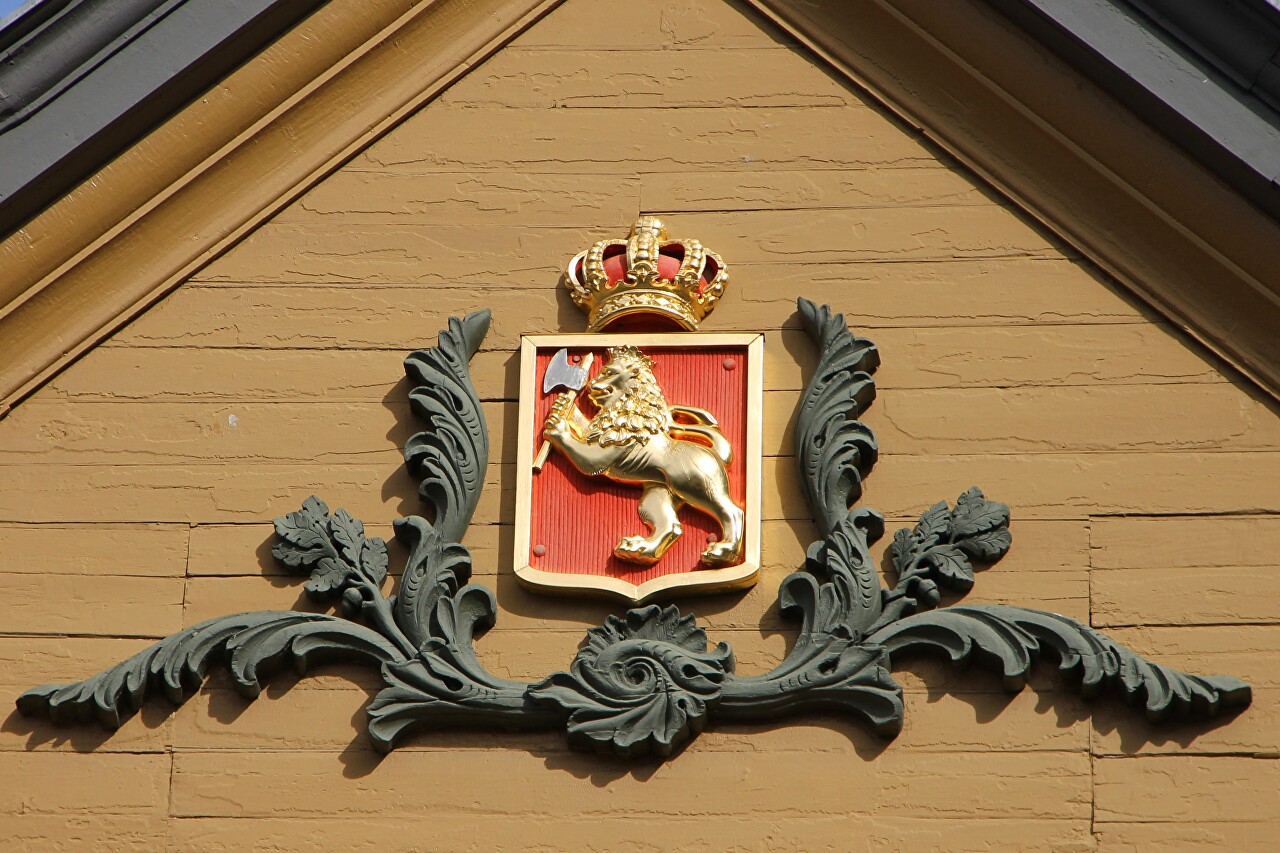
As historians suggest, the author of the project was Christian Lerche, Cecilia's cousin. The mansion has 140 rooms with a total area of 4 thousand square meters. The Norwegians claim that this is the largest wooden building in Northern Europe. The house is built in the Baroque style with neoclassical elements, the appearance has not changed since the construction. The carved decoration of the portal and the figured cast-iron grating of the porch have been preserved. Some of the Windows on the floors were replaced in 1860, but you can also find authentic ones with thick and wavy old glass. By the way, surprisingly, in the Northern country single frames.
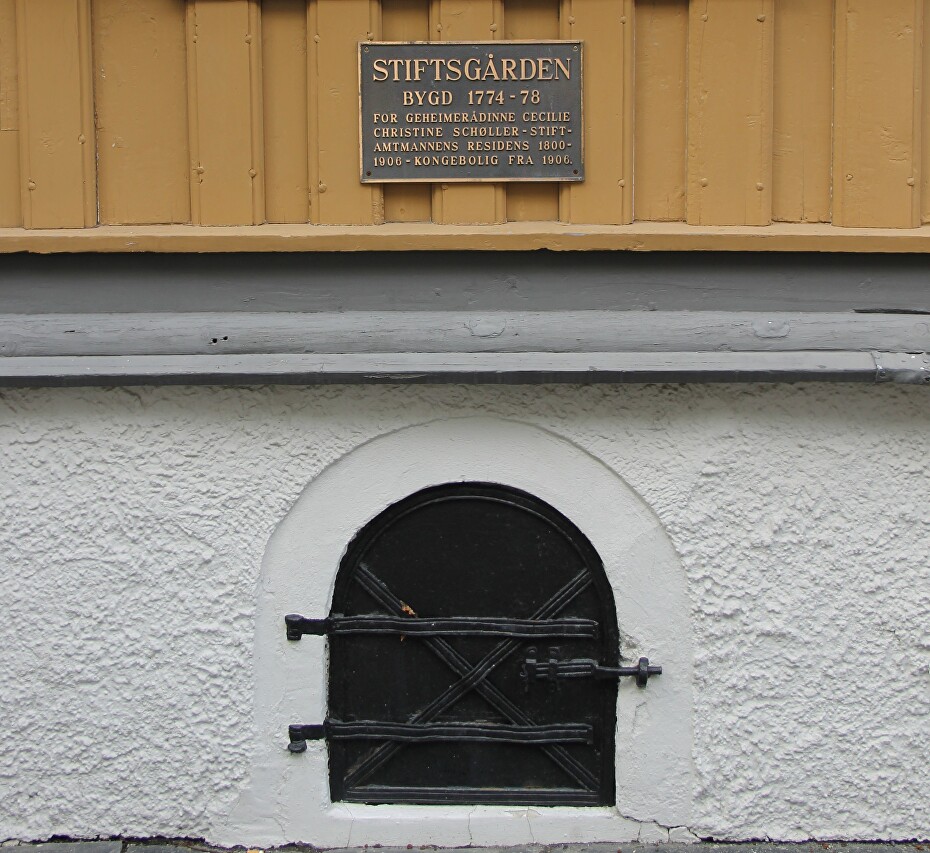
In 1841, part of the upper floor was damaged by fire, after which the front facade was bricked up dormer windows and the State emblem was installed in their place.
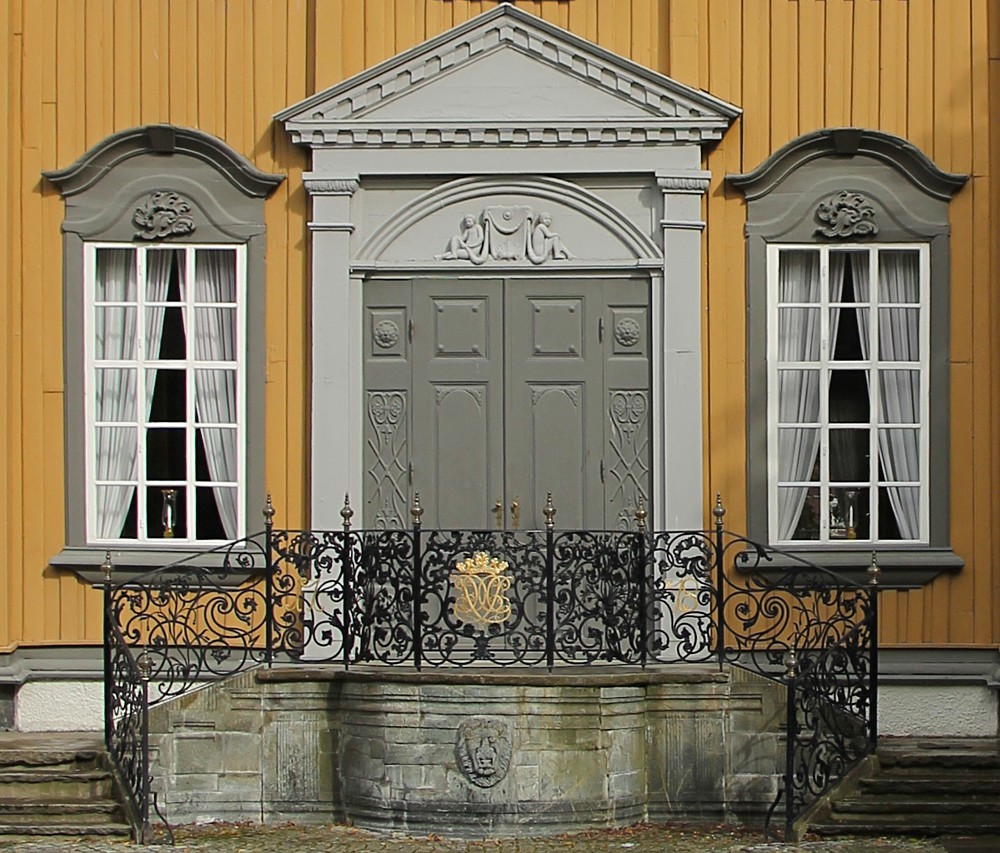
Unlike the exterior, the interior has been updated several times, however, some original features are still present. The Baroque ceiling moldings are still present on the ceilings and wall niches of some rooms. Panels above the doors adorn the landscape. Only the interior of the Queen's salon, which was specially reconstructed for the coronation in 1906, was completely changed. A few stoves have also been preserved, but the building now has electric heating. In ceneral, the palace does not differ in luxury, all the rooms and furniture in them are exclusively functional.
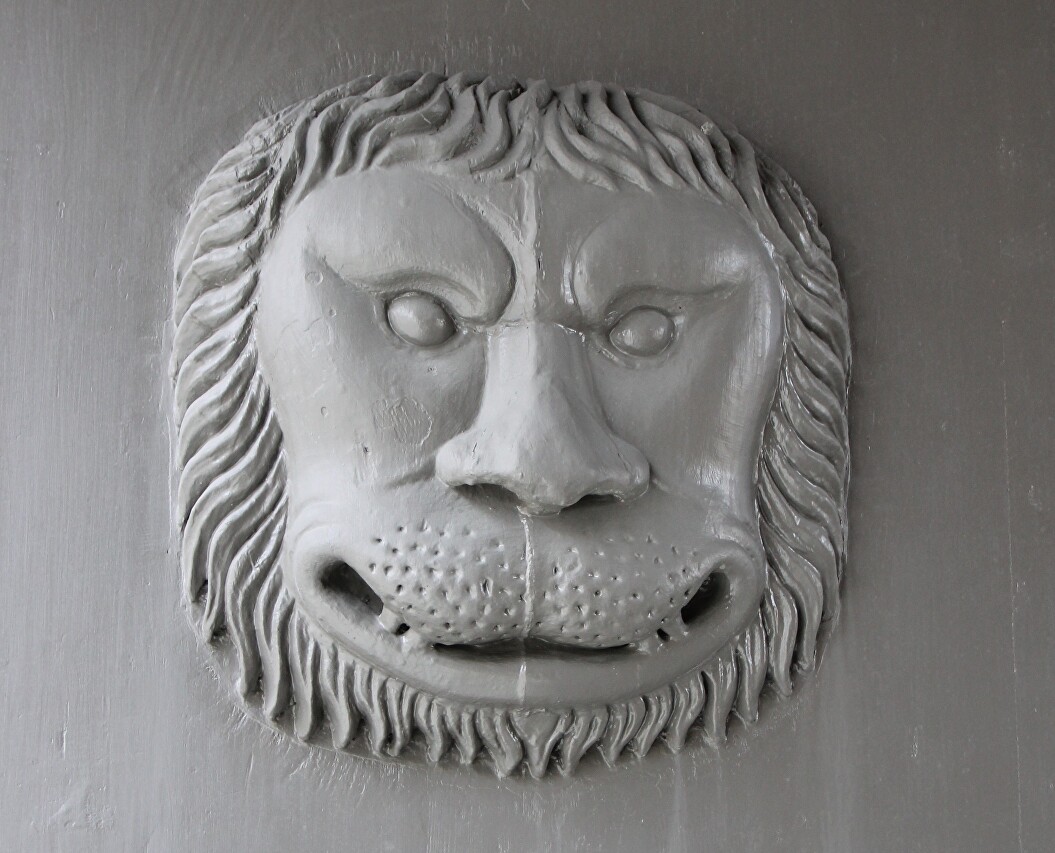
The building has two side wings, between them is a small courtyard, here is the entrance for excursions. A small garden adjoins the courtyard, but in 1906 it was fenced off from the courtyard and became a public park (Stiftsgårdsparken). There is a fountain and a monument to Olof V.
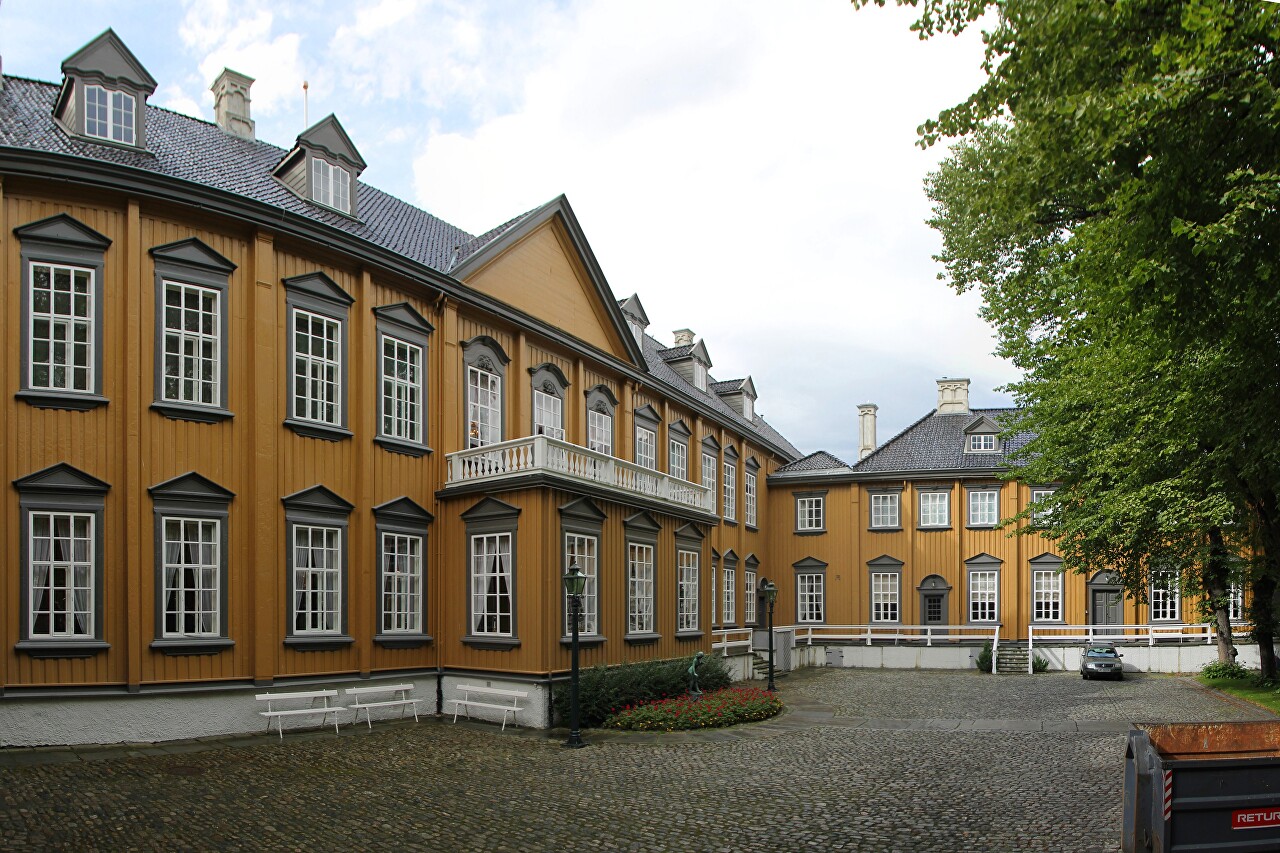
The only decoration of the courtyard of the residence is a bronze sculpture of a girl on the flower garden in front of the entrance.

Most of the time of the year, the residence is used for its intended purpose and is closed to the public. During the summer, group tours are available. you can find out the schedule and make an appointment at the Museum of Decorative Arts. We were lucky, we got there 3 days before the end of tourist access. You can't take photos inside, of course. Excursions are conducted by the resident staff. Another feature of Scandinavian rationalism is the staff at work during the absence of the "owners".
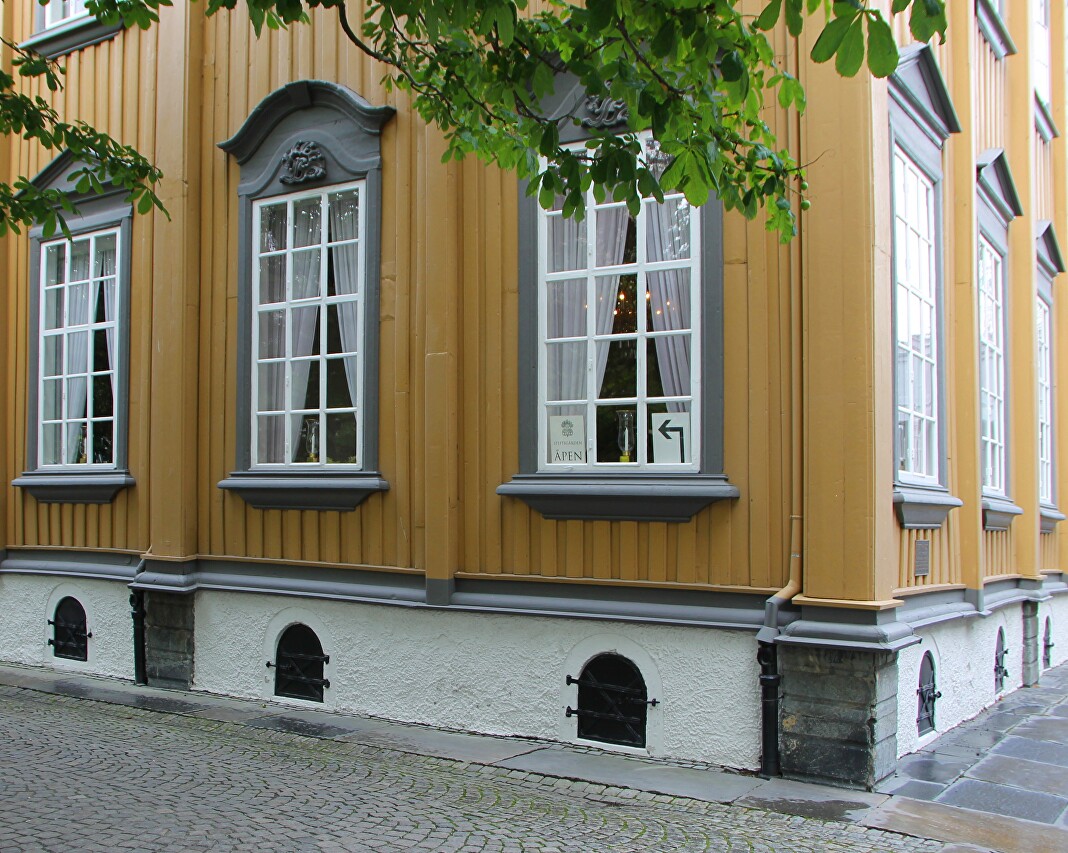
At the end of the tour, I asked the guide about security measures during the stay of the crowned heads. The response was was amazing: "Yes, of course, during this period there is an enhanced squad of the city police - 2 (two!) officers stand at the corners of the building" - "Can I walk on the sidewalk under the windows?" - "Of course. There are no restrictions on traffic". How many countries are there where kings are not afraid of their own people? By the way, the Royal family offered to change the form of government to a Republican one (in fact, it is, in Norway, an elected Parliament governs) and give up privileges, but in the referendum, the vast majority of Norwegians voted in favor of preserving the monarchy.
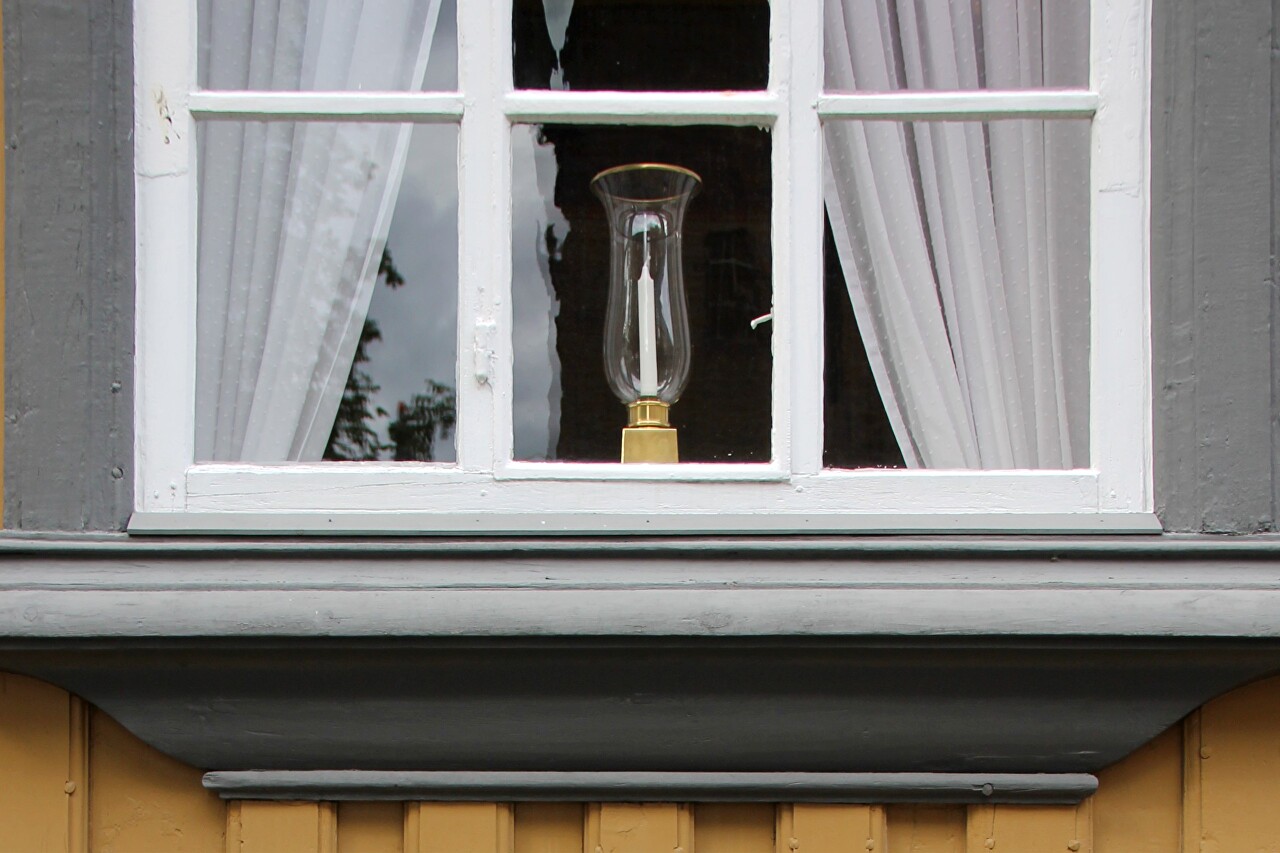
The Royal residence Stiftsgården on map